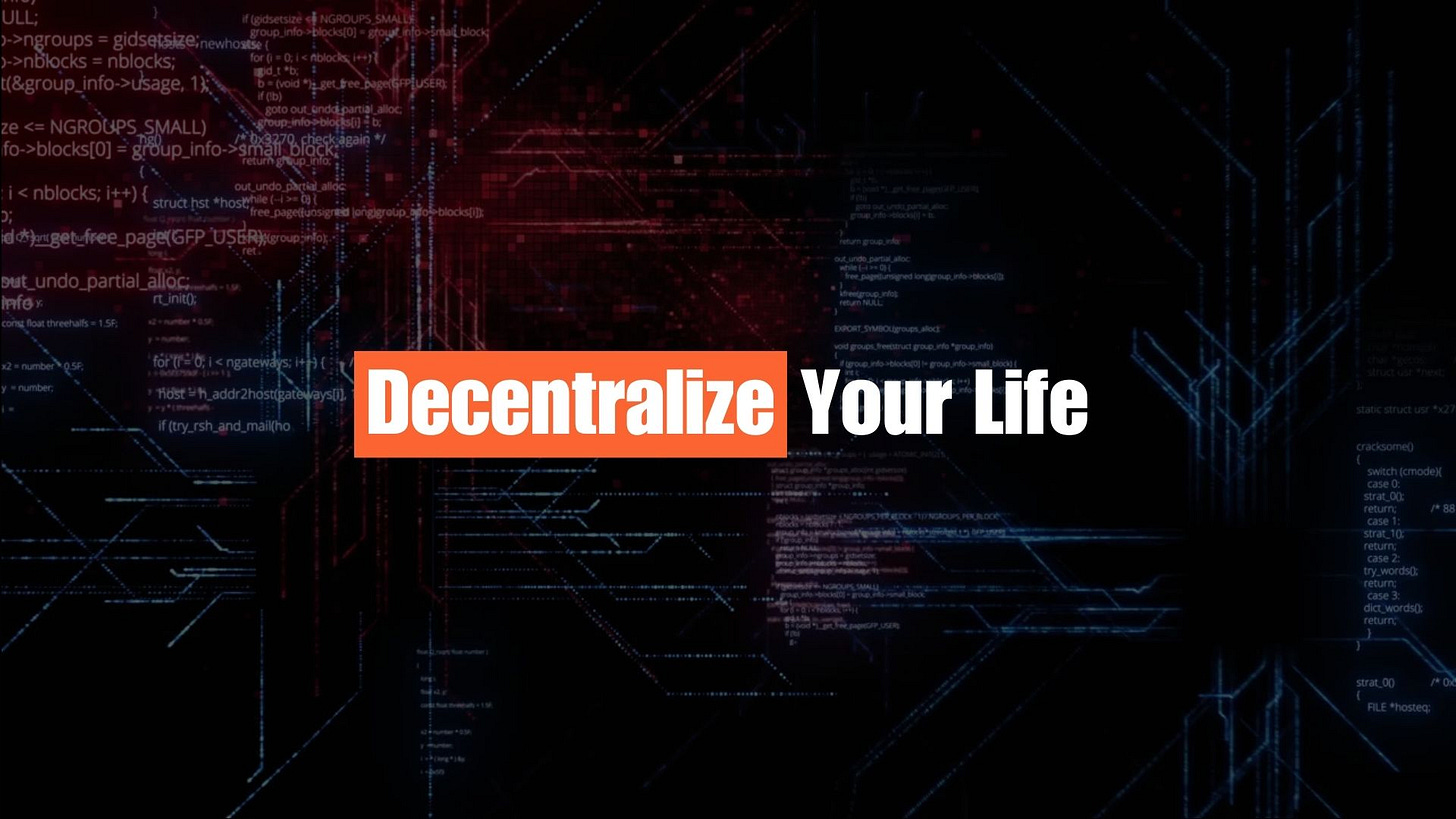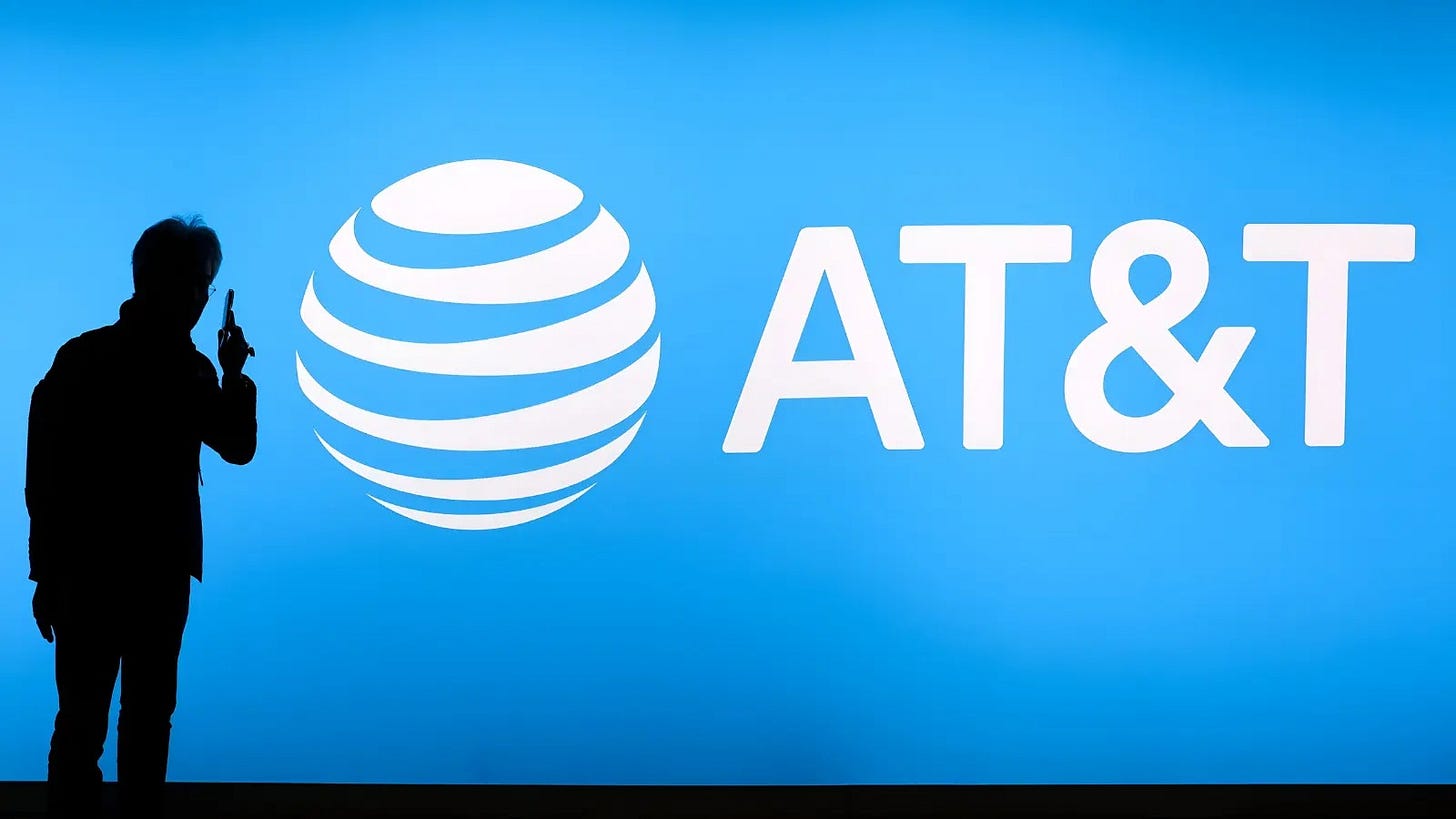AT&T paid $370,000 to hackers to erase a stolen cache of call records affecting 110 million customers.
This story has everything: cybercrime, ransom, and a corporate cover-up. And it’s wilder than you think. 👇
It began with one of the most audacious mass-hacks in recent history.
Hackers raided hundreds of insecure cloud accounts hosted by Snowflake, a leading cloud computing company. The scale? Unprecedented. Here’s what they stole.
These weren’t random files.
Among the loot were 50 billion call and text records belonging to AT&T—the telecom giant serving 110 million customers.
Yes, that’s billion with a “B.” It’s one of the largest breaches ever reported.
The hackers, identified as UNC5537, didn’t just stop at stealing the data.
They went full-on Hollywood: holding AT&T’s data hostage for ransom. Pay up, or your customers’ private lives hit the internet.
The demand? Hundreds of thousands of dollars.
Here’s where things get really interesting.
Instead of resisting, AT&T paid the ransom—$370,000.
Why? To ensure the stolen data was deleted and never leaked. But there’s a twist.
AT&T didn’t tell the public right away.
It was only after independent journalist Kim Zetter exposed the ransom payment that the full story unraveled.
Imagine: one of the world’s largest telecoms quietly negotiating with cybercriminals. Why the secrecy?
Let’s pause here.
The breach exposed not just AT&T’s records, but a glaring vulnerability in Snowflake’s cloud infrastructure—used by some of the world’s largest companies.
The question isn’t just how this happened. It’s who’s next?
The hackers weren’t shadowy figures hiding in the dark web.
They were Connor Moucka and John Binns, later indicted for their roles in the breach. These were individuals, not nation-state actors.
And yet, they pulled off one of the largest corporate heists ever.
Think about the stakes:
50 billion call and text records
Millions of customer profiles
Potential lawsuits, regulatory fines, and PR nightmares
For AT&T, $370,000 was a bargain. But at what cost?
By paying the ransom, AT&T set a dangerous precedent.
It legitimizes ransomware as a business model.
It raises questions about corporate transparency.
And it shows how even giants are vulnerable to cyber extortion.
But let’s zoom out. This is bigger than AT&T.
The Snowflake breach highlights a systemic problem:
Companies are outsourcing critical infrastructure to third parties.
Security lapses in one vendor can ripple across industries.
The weakest link determines the risk for everyone.
Cloud computing is powerful—but fragile.
And then there’s the human side.
What happens when 50 billion records are stolen?
Privacy violations
Fraud and identity theft
Chilling effects on trust in digital services
The cost isn’t just financial. It’s societal.
Here’s the irony:
Snowflake markets itself as a leader in data security and analytics.
AT&T invests millions annually in cybersecurity.
And yet, both were blindsided by two hackers.
This isn’t just a failure of technology—it’s a failure of strategy.
The bigger question: How do we fix this?
Companies must prioritize proactive security, not reactive payouts.
Regulators need to enforce transparency in breach disclosures.
And consumers must demand accountability for their data.
Because next time, the stakes could be higher.
The AT&T hack is a cautionary tale for the digital age.
It’s not just about breaches—it’s about trust, power, and control.
If corporations and governments don’t step up, we’re all at risk.
Thanks for reading! Love what you read? Subscribe and never miss an update!





